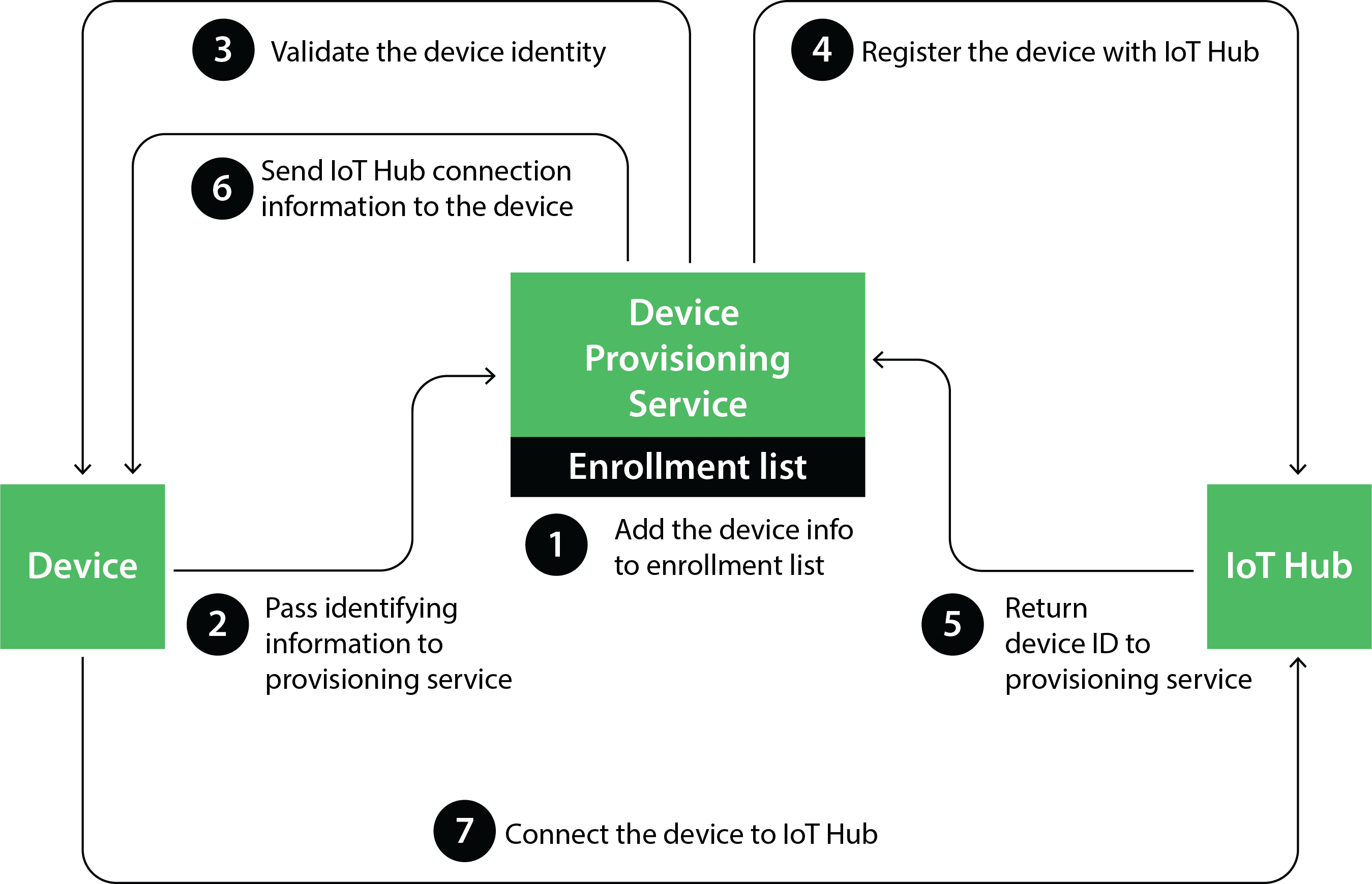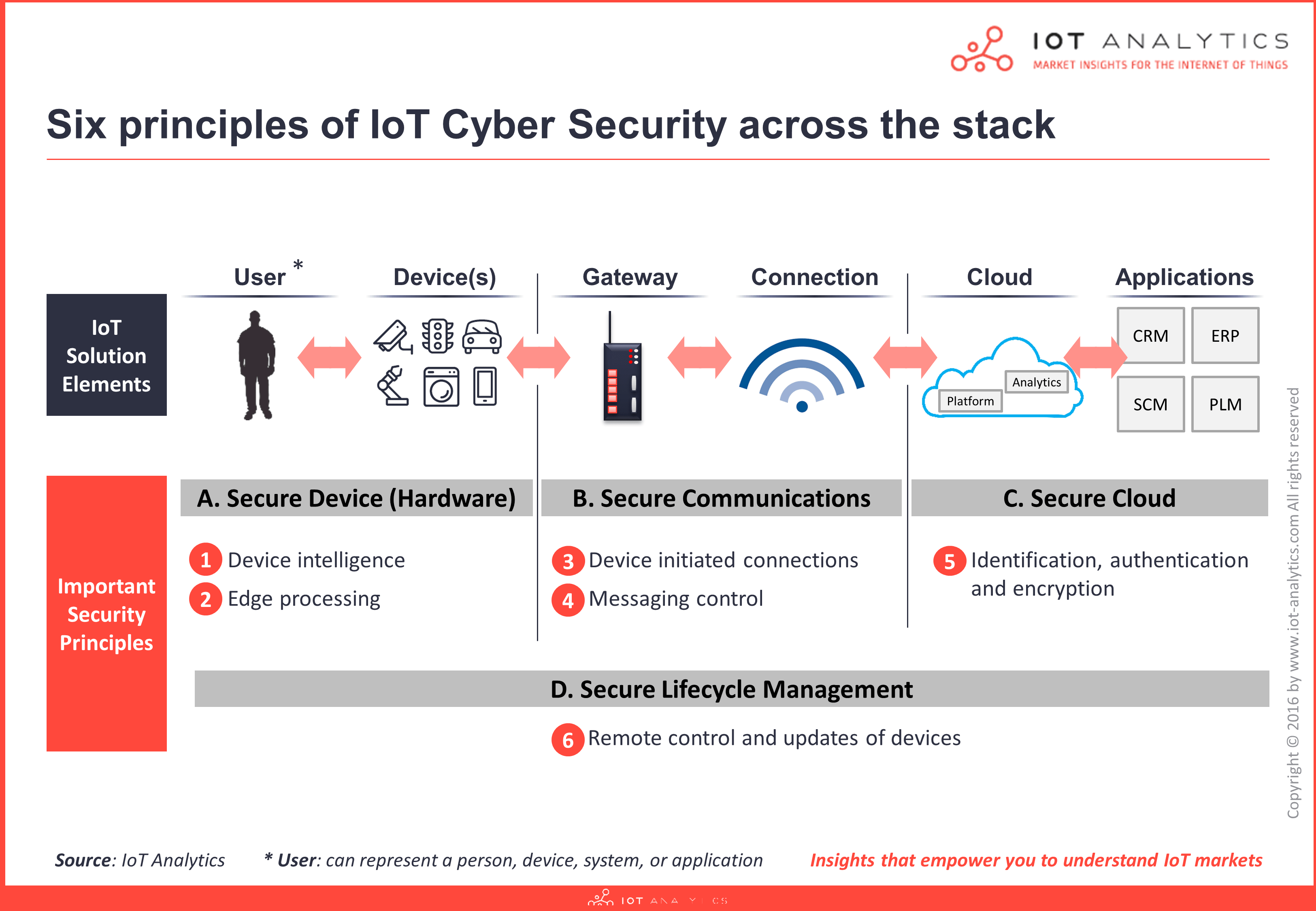Security Challenges In Iot Presentation
| Introduction to IoT Security Challenges | ||
|---|---|---|
| The rapid growth of IoT devices has led to an increased concern regarding security. IoT devices are vulnerable to various security threats due to their interconnected nature. Lack of standardized security protocols poses significant challenges in securing IoT devices. | ||
| 1 | ||
| Lack of Device Authentication | ||
|---|---|---|
| Many IoT devices lack strong authentication mechanisms, making them vulnerable to unauthorized access. Weak or default passwords on IoT devices make them easy targets for hackers. Lack of two-factor authentication increases the risk of unauthorized access to IoT devices. | ||
| 2 | ||
| Data Privacy and Encryption | ||
|---|---|---|
| IoT devices collect and transmit large amounts of data, raising concerns about data privacy. Insufficient encryption mechanisms can lead to data breaches and unauthorized access to sensitive information. Data encryption at rest and in transit is crucial to ensuring the privacy and integrity of IoT data. | +security+challenges.png) | |
| 3 | ||
| Inadequate Firmware and Software Updates | ||
|---|---|---|
| Many IoT devices do not receive regular firmware and software updates, leaving them exposed to vulnerabilities. Lack of automatic update mechanisms makes it challenging for users to keep their devices secure. Outdated firmware and software are easy targets for hackers looking for vulnerabilities to exploit. | ||
| 4 | ||
| Network Security Issues | ||
|---|---|---|
| IoT devices are often connected to the internet through unsecured networks, increasing the risk of attacks. Insecure Wi-Fi networks can be exploited to gain unauthorized access to IoT devices. Lack of network segmentation and isolation increases the potential for lateral movement within IoT networks. | ||
| 5 | ||
| Physical Security | ||
|---|---|---|
| Physical tampering of IoT devices can compromise their security. Lack of tamper-resistant hardware and secure boot mechanisms allows attackers to manipulate IoT devices. Physical security measures, such as secure enclosures and tamper detection sensors, are essential for protecting IoT devices. | ||
| 6 | ||
| Lack of Industry Standards | ||
|---|---|---|
| The absence of standardized security protocols and frameworks creates inconsistencies in IoT device security. Lack of interoperability between different IoT devices hinders the implementation of comprehensive security measures. Industry-wide collaboration and the establishment of common security standards are necessary to address these challenges. | ||
| 7 | ||
| Insider Threats | ||
|---|---|---|
| Insider threats pose significant risks to IoT security, as employees or authorized individuals may misuse their privileges. Unauthorized access by employees may lead to data breaches or unauthorized control of IoT devices. Implementing access controls, monitoring user activities, and conducting regular security audits can mitigate insider threats. | ||
| 8 | ||
| Scalability and Complexity | ||
|---|---|---|
| The sheer number and variety of IoT devices make it challenging to implement scalable security measures. Complex IoT ecosystems with multiple devices, gateways, and platforms increase the attack surface. Security solutions that can adapt and scale to accommodate the growing complexity of IoT environments are crucial. | ||
| 9 | ||
| Conclusion and Recommendations | ||
|---|---|---|
| Security challenges in IoT require a multi-layered approach combining device, network, and application security. Implementing strong authentication mechanisms, regular firmware updates, and robust encryption protocols are crucial. Collaborative efforts between manufacturers, service providers, and users are necessary to address IoT security challenges. | ||
| 10 | ||
| References (download PPTX file for details) | ||
|---|---|---|
| Smith, M., & Patel, D. (2019). IoT security: ... Kaur, R., & Singh, P. (2020). Security challe... Alaba, F. A., Oyelade, O. J., & Adebayo, O. S... |  | |
| 11 | ||







